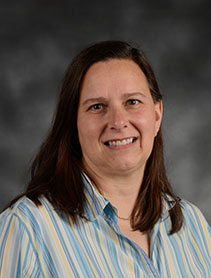Below is a summary of the abstract you submitted. Presenting author(s) is shown in bold.
If any changes need to be made, you can modify the abstract or change the authors.
You can also download a .docx version of this abstract.
If there are any problems, please email Dan at dar78@pitt.edu and he'll take care of them!
This abstract was last modified on March 16, 2021 at 3:55 p.m..

Five bacteriophages were successfully isolated and characterized using the host bacterium Microbacterium foliorum NRRL B-24224. The bacteriophages were isolated using enrichment, purified, and amplified to high titer lysates. Two samples were sent to the University of Pittsburgh for sequencing. Interestingly, the first sample was found to be identical to not one but two others currently in the Actinobacteriophage Database. The second sample, dubbed MrGreen, was manually annotated by Cohort 8.6 at UWF. MrGreen was isolated from a sandy loam soil sample from Santa Rosa County in Northwest Florida. Transmission electron microphotography revealed an isomeric head and a long flexible tail characteristic of the family Siphoviridae, which was confirmed by sequencing. MrGreen is a typical cluster EE phage, with a genome length of 17421 base pairs, lytic, with 68.6% CG content, and 25 predicted protein-coding genes.

